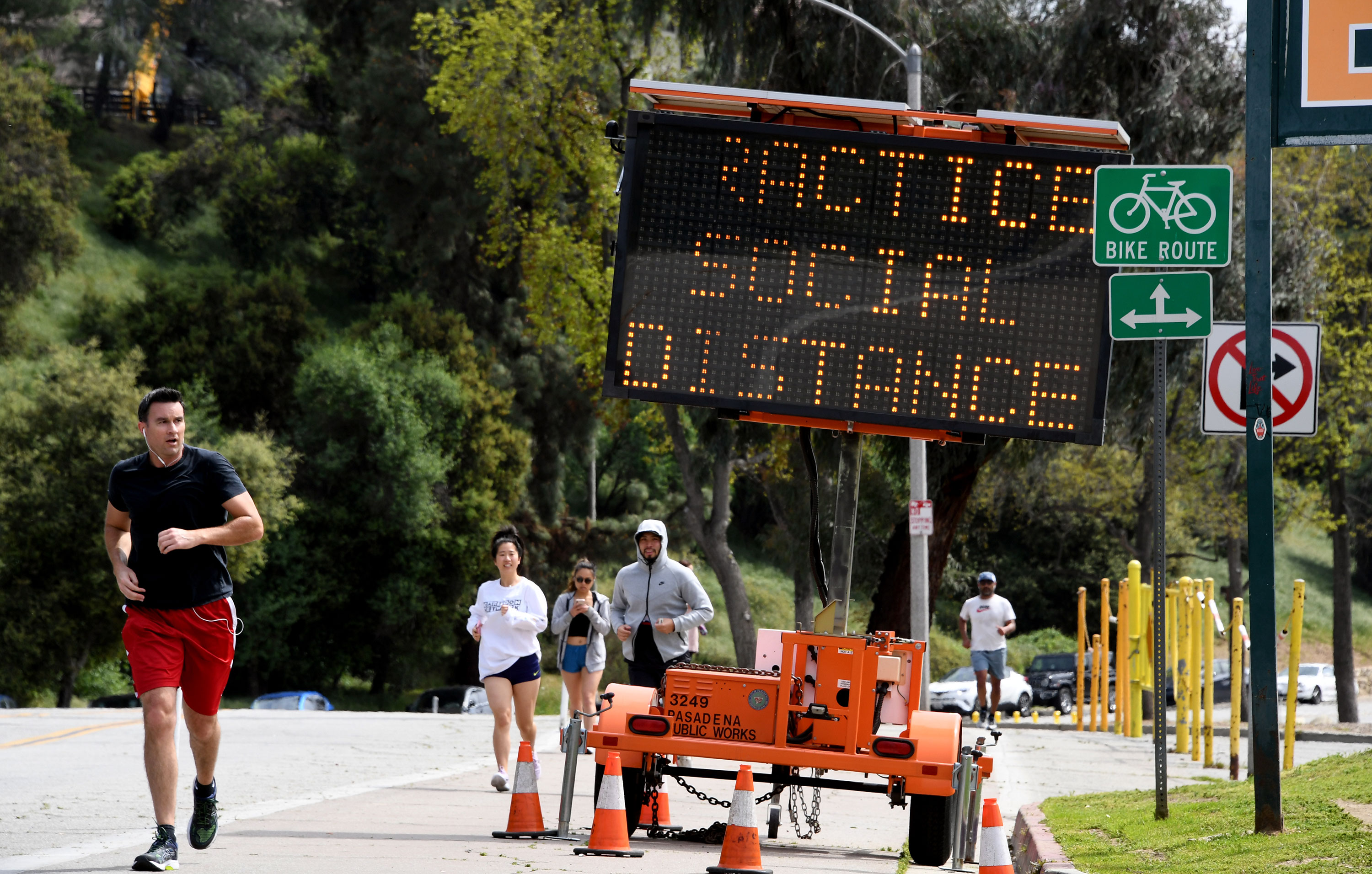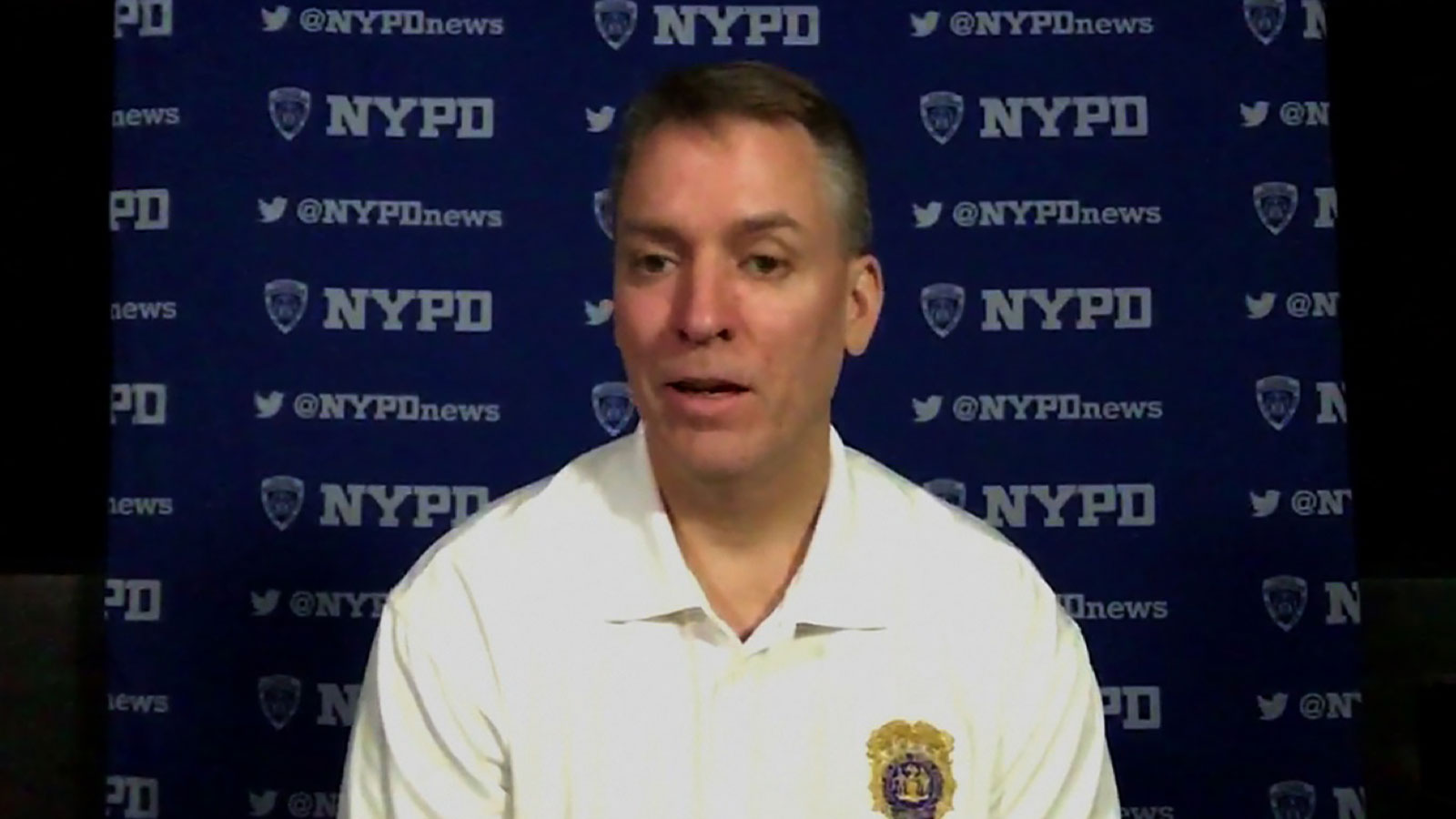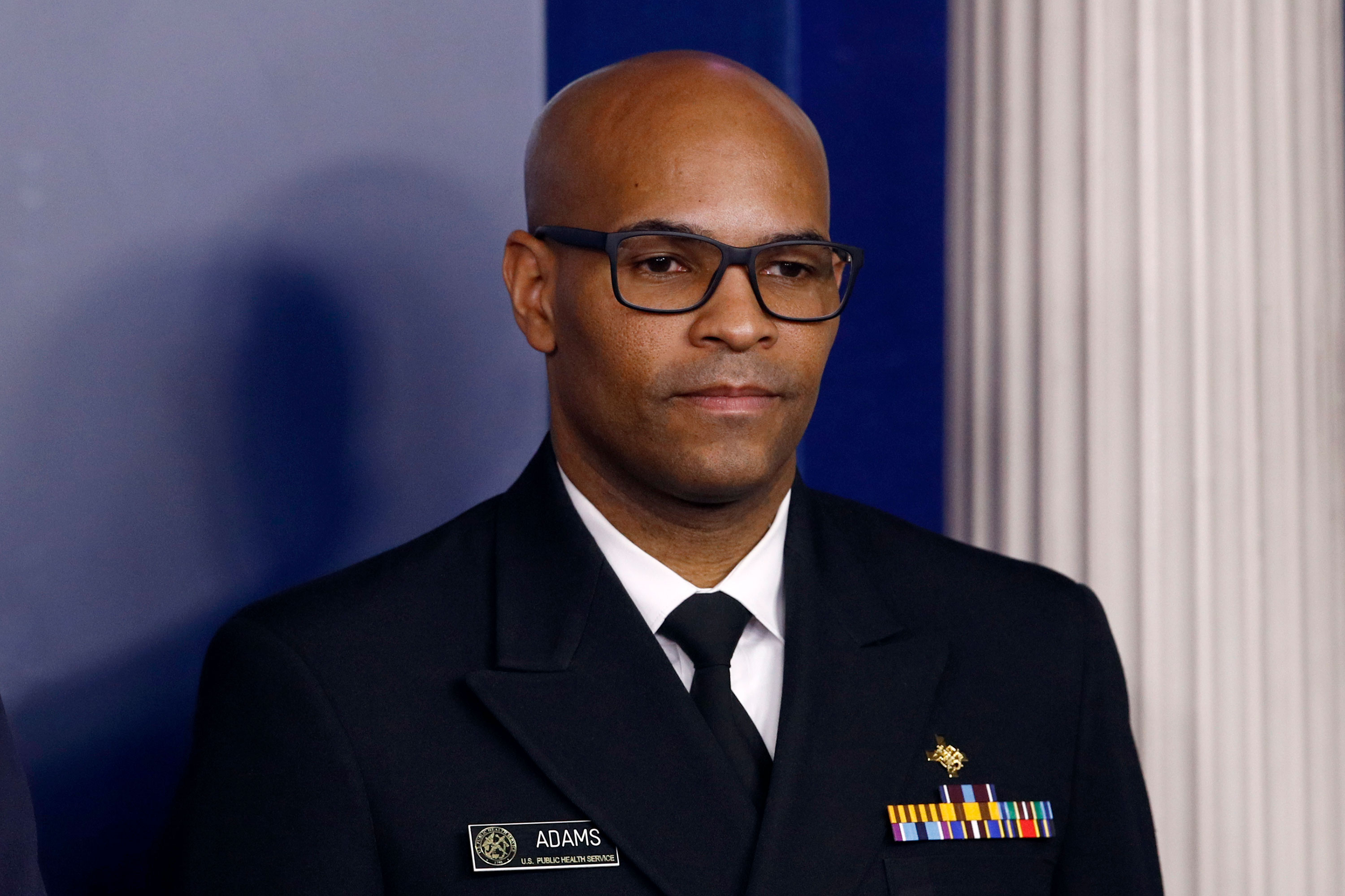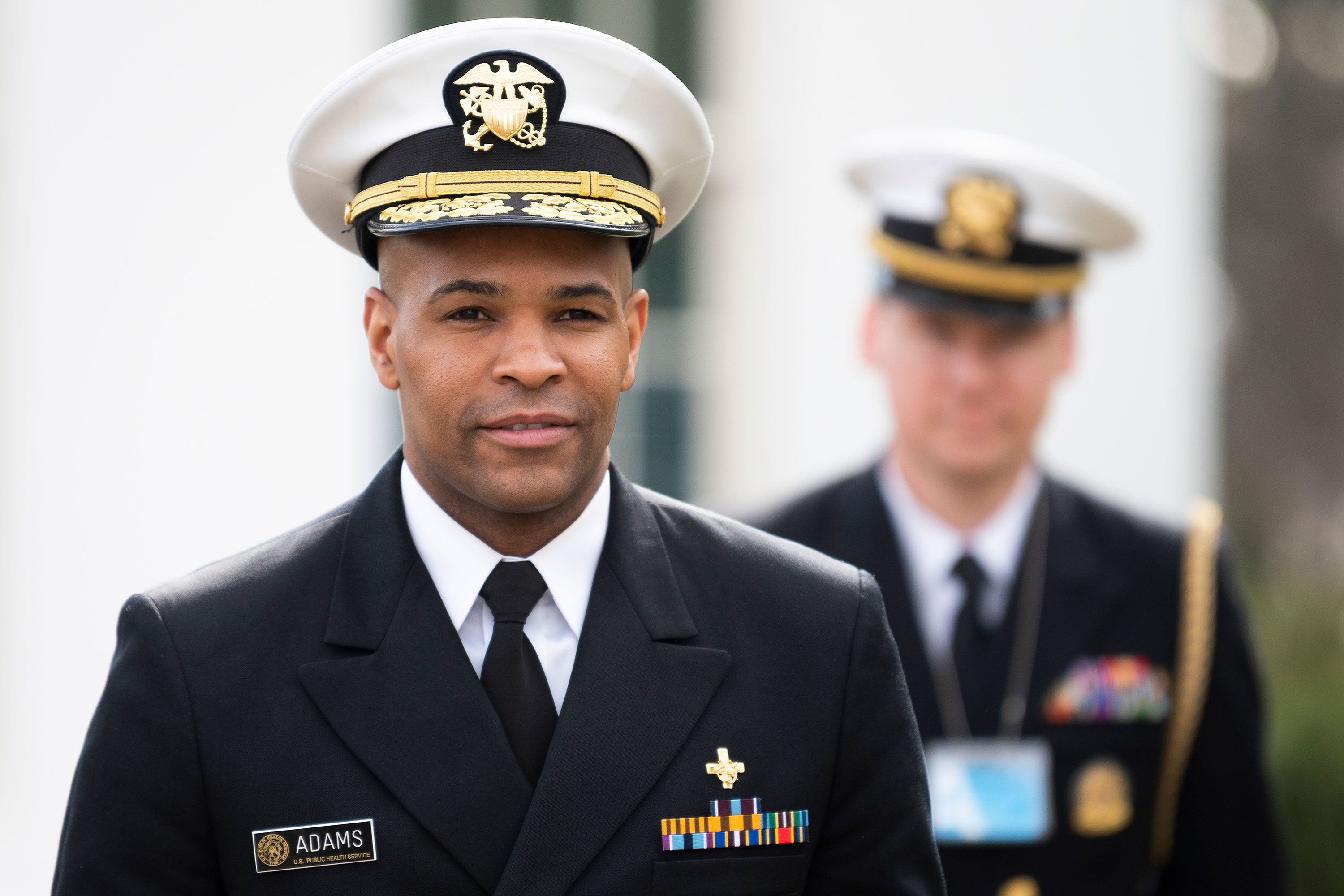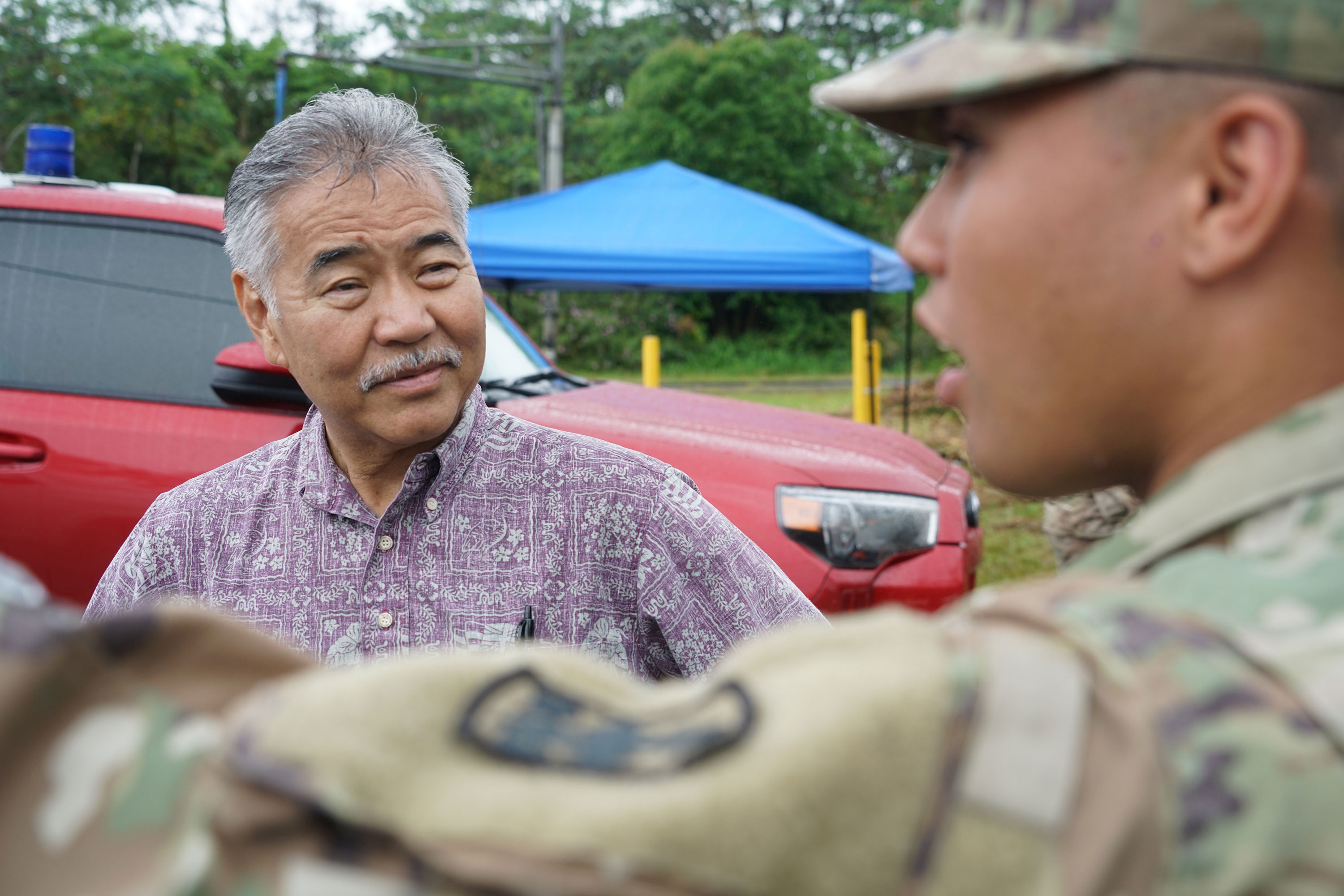Most members of President Trump’s coronavirus task force have come to agree that Americans should begin wearing face coverings in public and could issue formal guidance soon, people familiar with the matter said.
Trump signaled he was open to the idea during Tuesday’s briefing and members of the task force are working to draft recommendations on how to fashion the coverings to prevent spread of the virus.
Previously, some members of the task force — including Dr. Deborah Birx — cautioned in meetings against recommending Americans wear masks because of a fear it could lull them into a false sense of protection and prevent them from socially distancing.
But new insights into asymptomatic spread of the virus have led to a reconsideration of the guidance.
Among the issues discussed by the task force and the CDC have been how to teach Americans to wear masks and how to prevent a rush on medical-grade equipment still in short supply for hospitals.
There have also been discussions of the cultural shift that recommending masks would represent, since Americans — unlike citizens of some Asian countries — are not accustomed to wearing masks in public.
There have also been discussions of whether or not to call the recommended face coverings “masks.” Some have suggested referring to them simply as “face coverings” or “courtesy masks” to distinguish them from the medical masks needed by professionals.
